Employee Turnover Calculator
Our Employee Turnover Calculator is designed to help employers better understand the financial impact of employee turnover. With this calculator, you can quickly and easily evaluate how much it costs to replace just one employee that leaves your team. Our calculator takes into account a variety of factors, including recruitment and onboarding costs, lost productivity, training expenses, and other intangible costs associated with replacing personnel.
Determine The cost of Your
employee turnover.


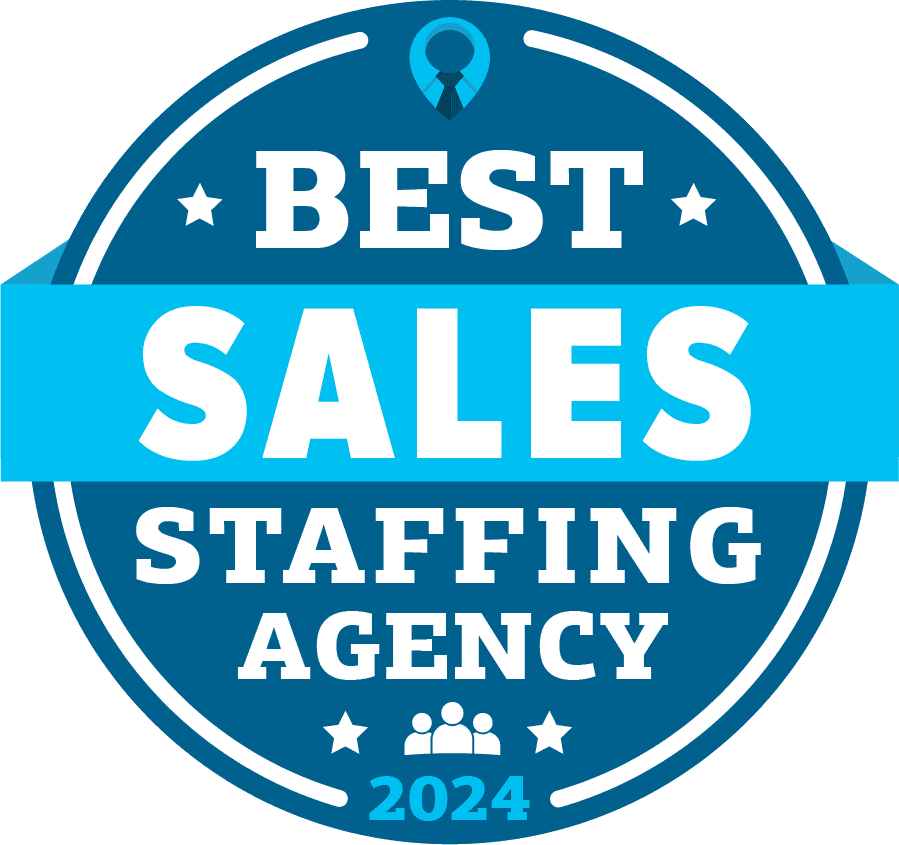




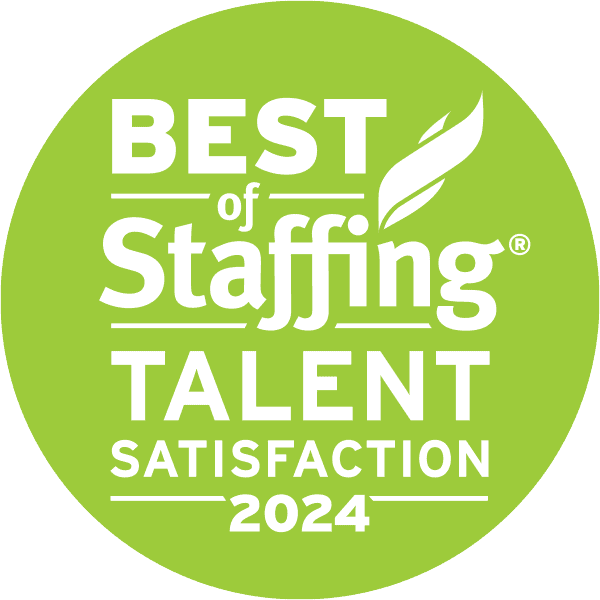
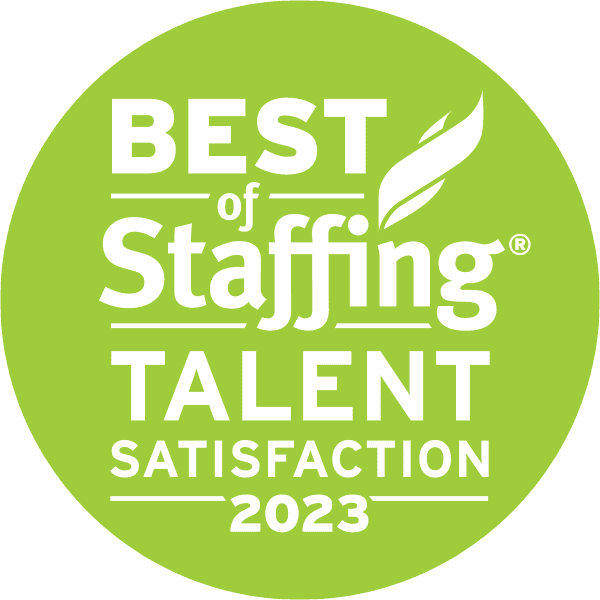
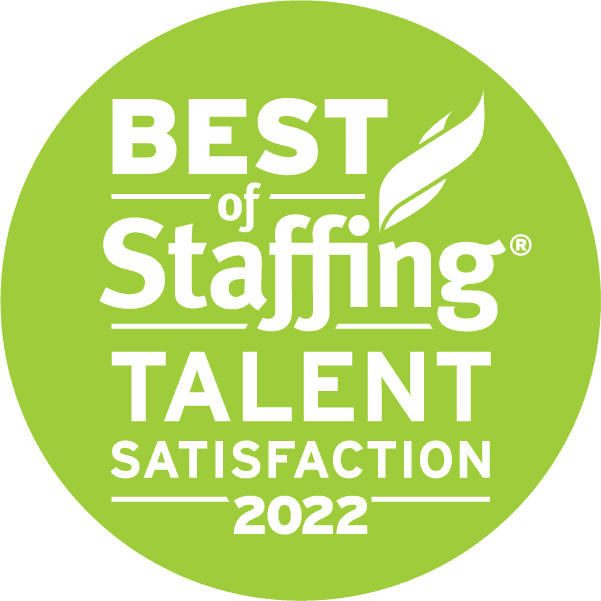
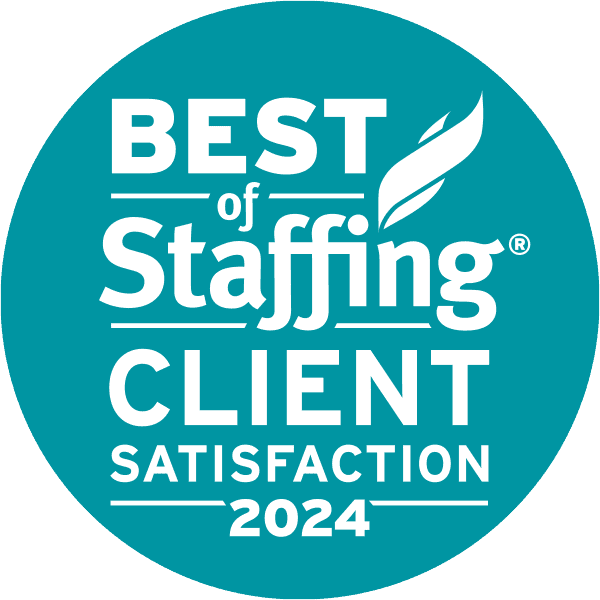
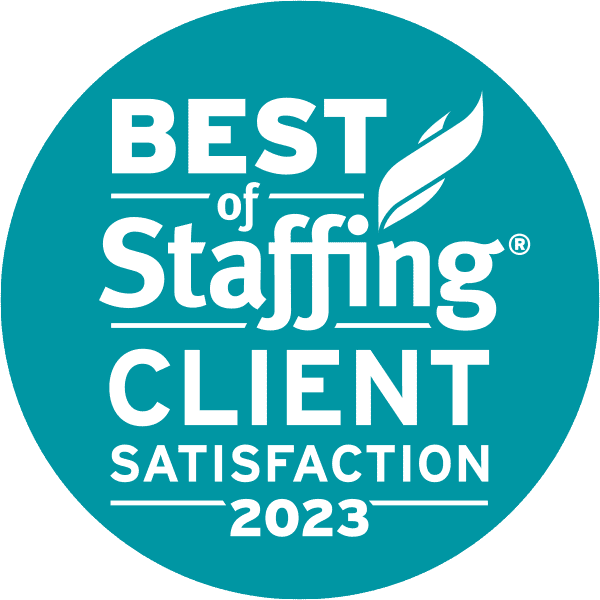
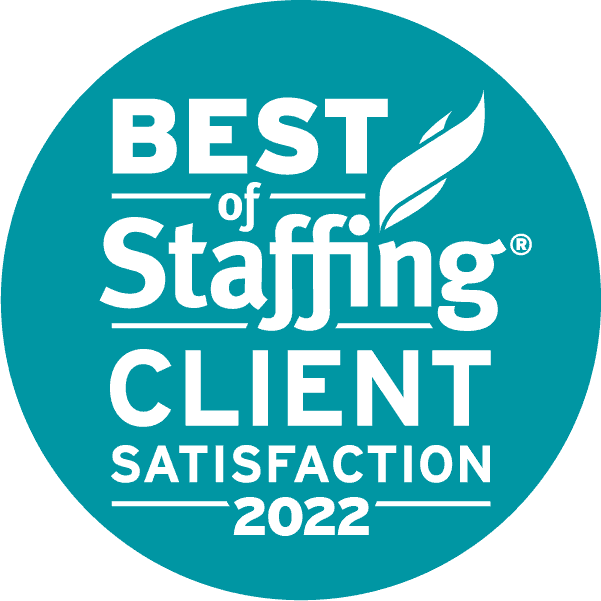
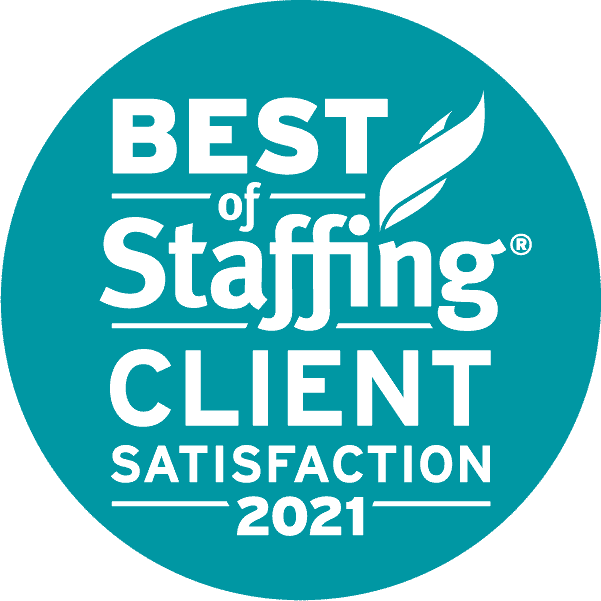

















What is employee turnover?
Employee turnover refers to the rate at which employees leave a company within a set period of time. This can include those who exit voluntarily or are asked to leave, and it is typically calculated as a percentage of the total number of employees in an organization. High employee turnover can be costly for businesses, as it can lead to increased recruitment and training expenses, decreased productivity, and lower morale among remaining staff.
Why Does employee turnover rate matter?
Employee turnover rate matters for several reasons. First and foremost, it is important to acknowledge the financial cost associated with replacing a high-turnover employee. Replacing an employee can range anywhere from 10-30% of their annual salary. This kind of expenditure can undoubtedly have a negative impact on any organization’s bottom line as well as its future budgeting efforts. In addition to the financial cost, there are also hidden costs associated with employee turnover, such as the time and resources required to hire and train new employees.
Additionally, high turnover rates can be damaging to team morale and productivity levels within an organization. A constantly changing staff roster can lead to disruption and disorganization throughout teams, resulting in decreased performance levels across the board. Having high turnover rates can also create a sense of insecurity amongst other employees who may worry about their own job security if they see many colleagues leaving all around them.
How to reduce employee turnover?
Improve Employee Engagement: Engaged employees are more likely to stay with a company long-term. To improve engagement, companies should focus on creating a positive work environment, providing opportunities for growth and development, and recognizing and rewarding employee contributions.
Offer Competitive Compensation and Benefits: Employees are more likely to stay with a company if they feel that they are being fairly compensated for their work. Companies should conduct regular salary reviews and offer competitive benefits packages.
Provide Opportunities for Work-Life Balance: Many employees leave their jobs due to burnout or stress. Companies can reduce turnover by offering flexible schedules, remote work options, and other benefits that promote work-life balance.
Invest in Training and Development: Employees who feel that they have opportunities for growth and development are more likely to stay with a company long-term. Companies should invest in training programs and provide opportunities for employees to learn new skills.
More To Explore
The AI Essentials: What Every HR Leader Needs to Know
Welcome to a beginner-friendly guide to what AI is, how it’s changing over time, and the types of tools that …
Why Transparent Pay Ranges Attract Better Candidates
In the modern job market, job seekers are more informed, more values-driven, and less willing to play guessing games—especially when …
Why Job Seekers Are Ghosting Employers—And How to Fix It
Ghosting, a term once associated with dating, has firmly entered the hiring world. More employers than ever are reporting that …




